Let’s WAF with Prophaze
Posts by:
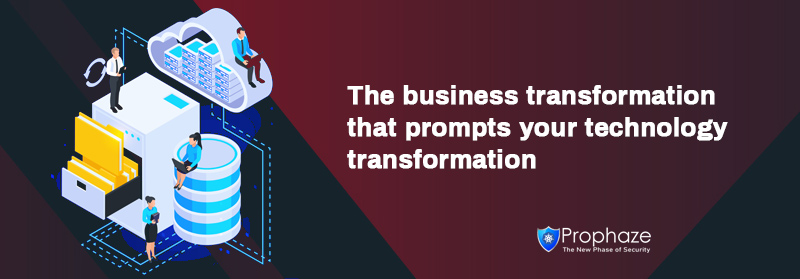
Cloud is a transformative piece of technology that can put an...
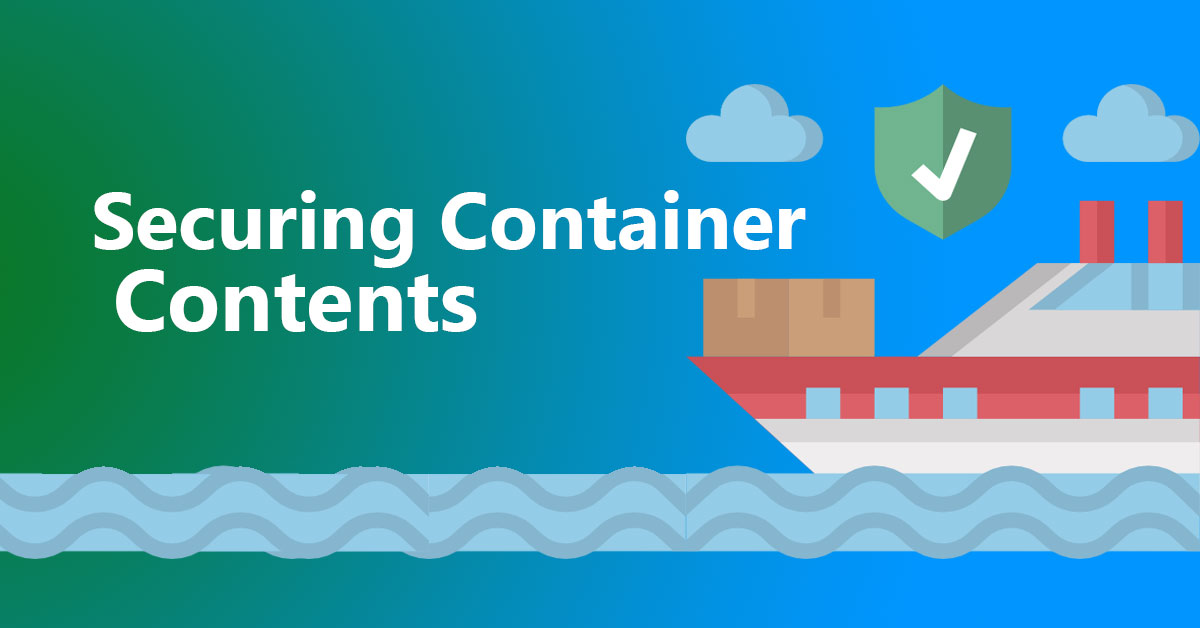
The core to any container security effort is testing the code and supplementary components which will execute within containers, and verifying that everything conforms to security and operational practices. One of the vital progresses over the past year or so is the initiation of security features for the software supply chain, from the packaging of container and runtime environments including CoreOS’s Rocket, Docker, OpenShift, and so on.
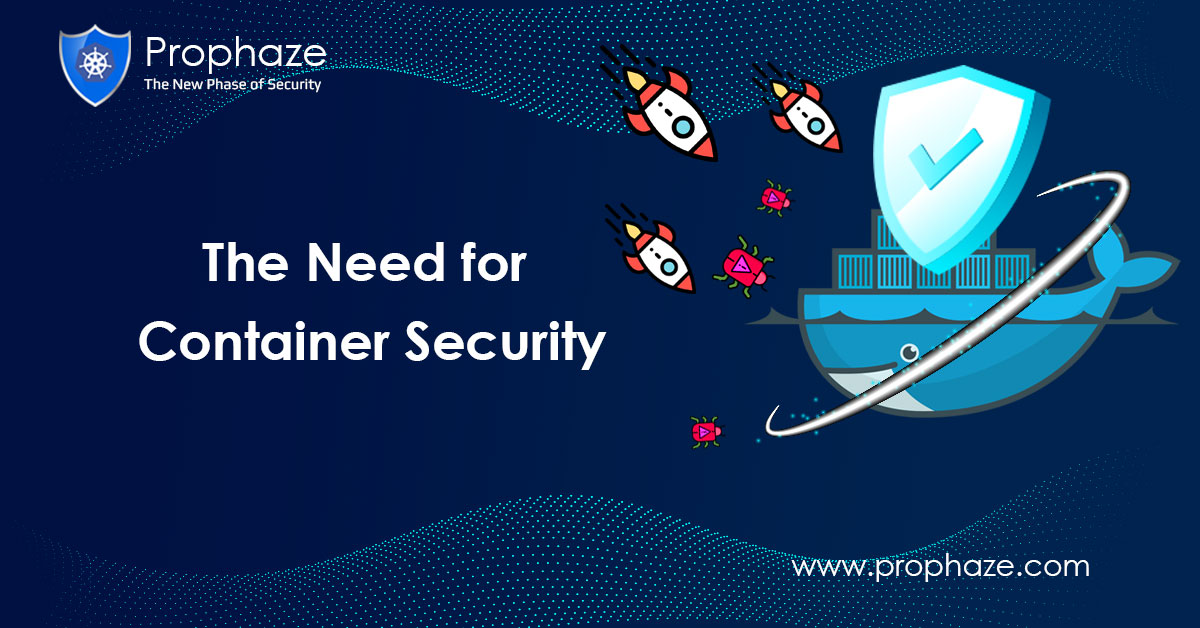
The explosive growth of containers is foreseeable in the future. The technologies like Docker alleviate various issues for developers deploying applications. Developers prefer a quite simple packaging, rapid deployment, lessen environmental dependencies, horizontal scalability, support for micro-services, and generalized management – all of which containers can provide. It is quite compelling that when a single technology provides us to address different technical issues at once. The generic model of packaged services, where the environment is designed to treat every container as a “unit of service”, sharply limits the transparency and audit-ability by design, and provides the security pros nightmares. It is possible to run additional code and faster but should accept the container’s inside visibility loss.
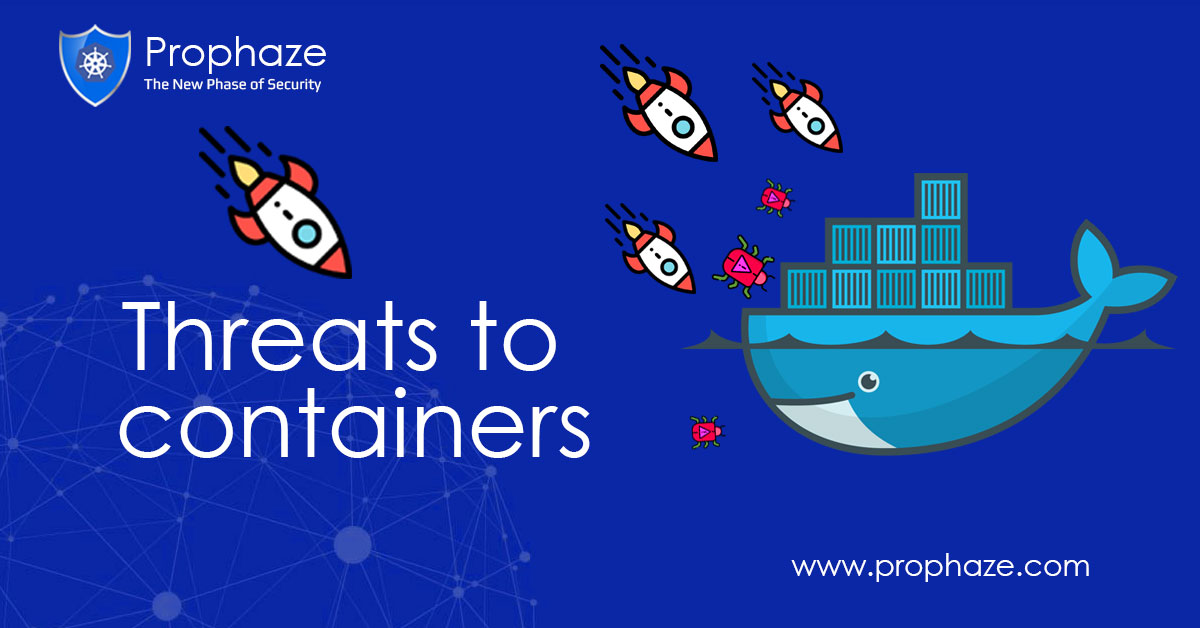
Understanding the container security areas that need to be focused on and particular control recommendations helps to understand which threat needs to be addressed and the areas containers affect most. A few issues and threats are well-known, some are purely lab PoC, and others are threat vectors which offenders have yet to exploit.
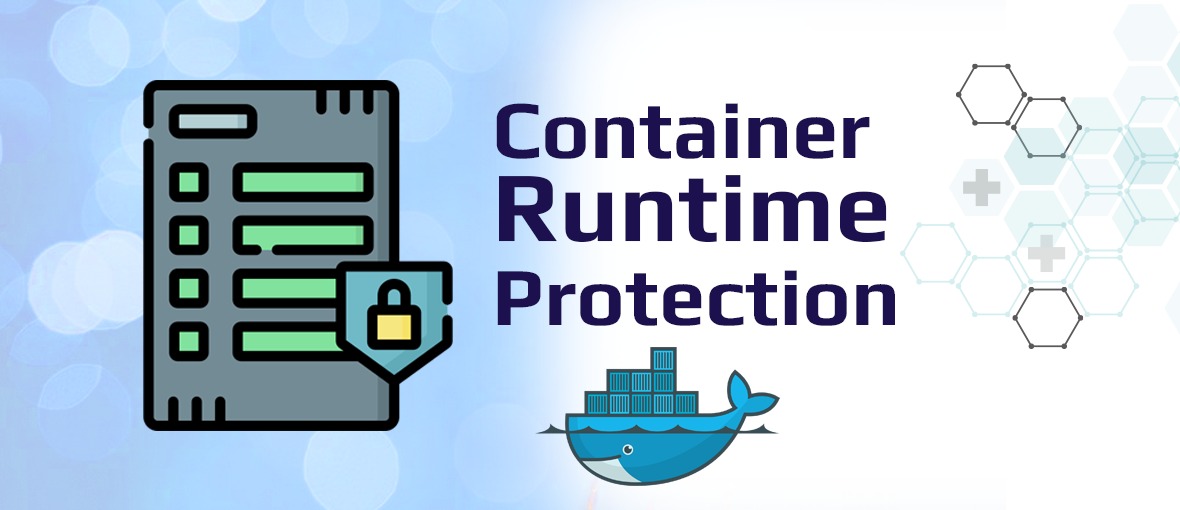
Runtime Security in Kubernetes deployment might be policed based on a pod-by-pod. A pod is a group of containers that shares a network namespace, which can underlying mechanisms for runtime security is identical. The potential to do granular runtime security builds specialist container security tooling a compelling prospect, especially for enterprises with a lot at risks, such as healthcare organizations or banks.

A Kubernetes cluster is composed of a master node, which exposes the API, schedules deployments, and generally manages the cluster. Multiple worker nodes can be accountable for container runtimes, such as Docker or rkt, along with an agent that conveys with the master.
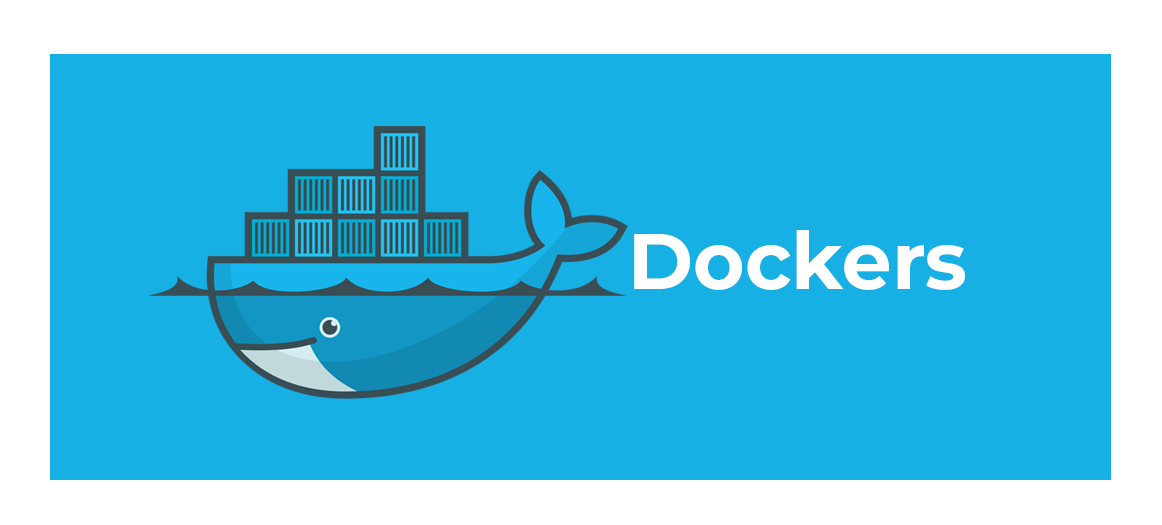
Nowadays enterprises are looking to transform software development practices to be agile to deliver more software faster. Container technology is emerging as the preferred means of packaging and deploying applications. To granularly customize policies down to the exact syscall allowed on a host, docker brings a whole set of isolation capabilities to containerized applications with strong defaults out of the box to the ability for IT admins.
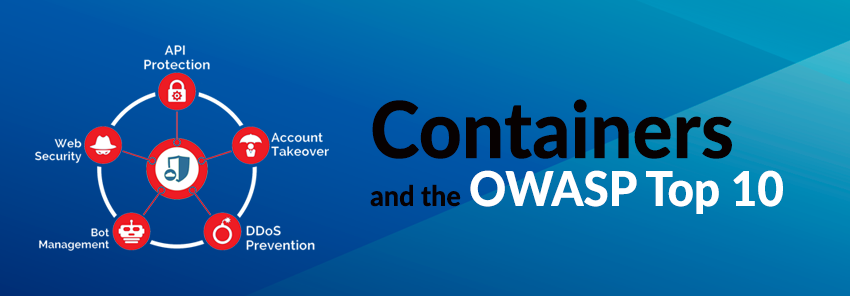
The OWASP Top 10 is a useful resource for making any internet-connected application more secure against the most common types of attack. The container-specific recommendation that comes up most to scan container images for known vulnerabilities in third-party dependencies. While it will fail to catch some things, specifically some exploitable flaws in your application source code will probably give you the biggest bang per buck of any preventative tool that you can introduce into a containerized deployment.
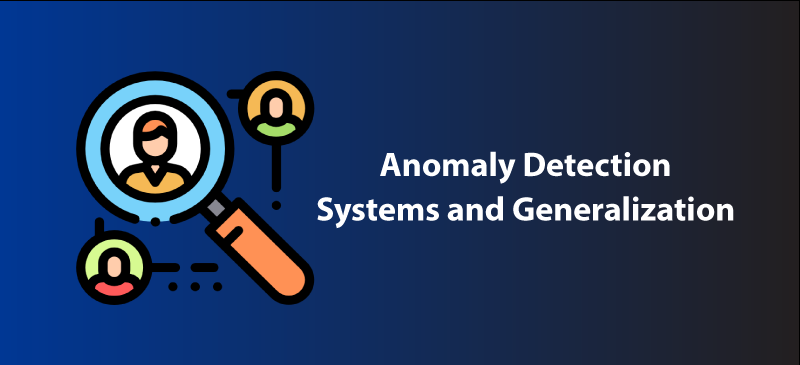
Network servers are always vulnerable to attacks. Therefore security measures to protect vulnerable software are an essential part of securing a system. Anomaly detection systems can enhance the state of affairs as they can separately learn a model of normal behavior from a set of empirical observations. Then uses the model to discover novel attacks.